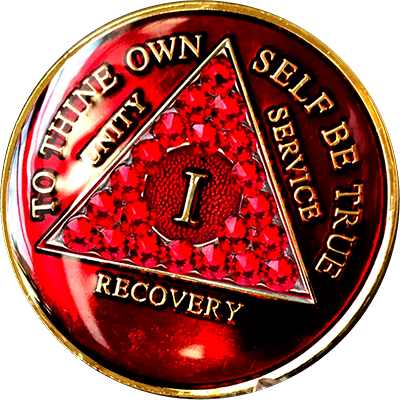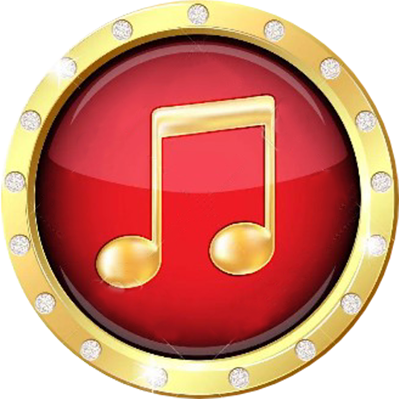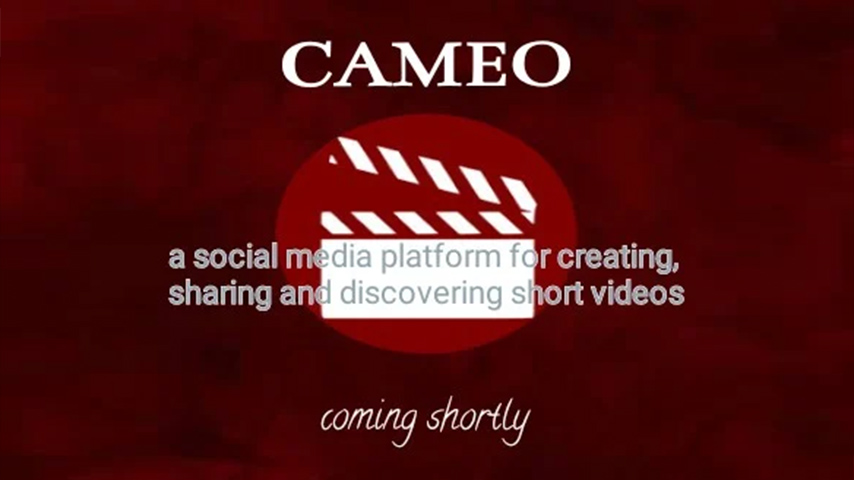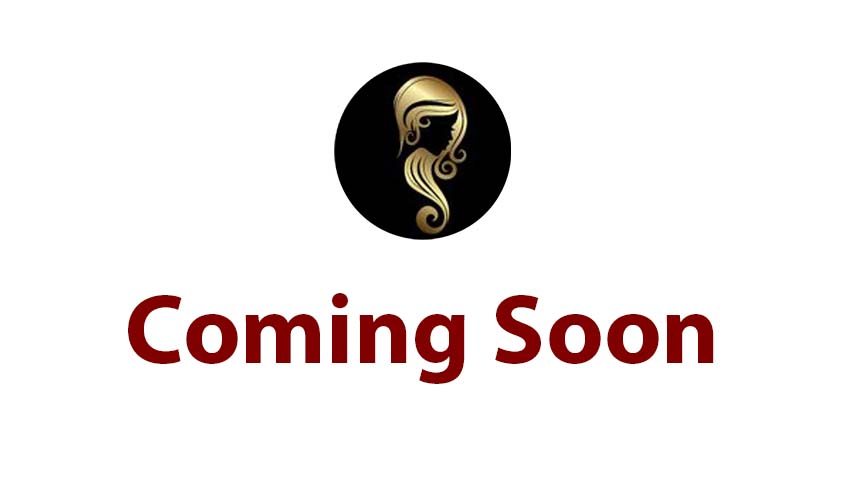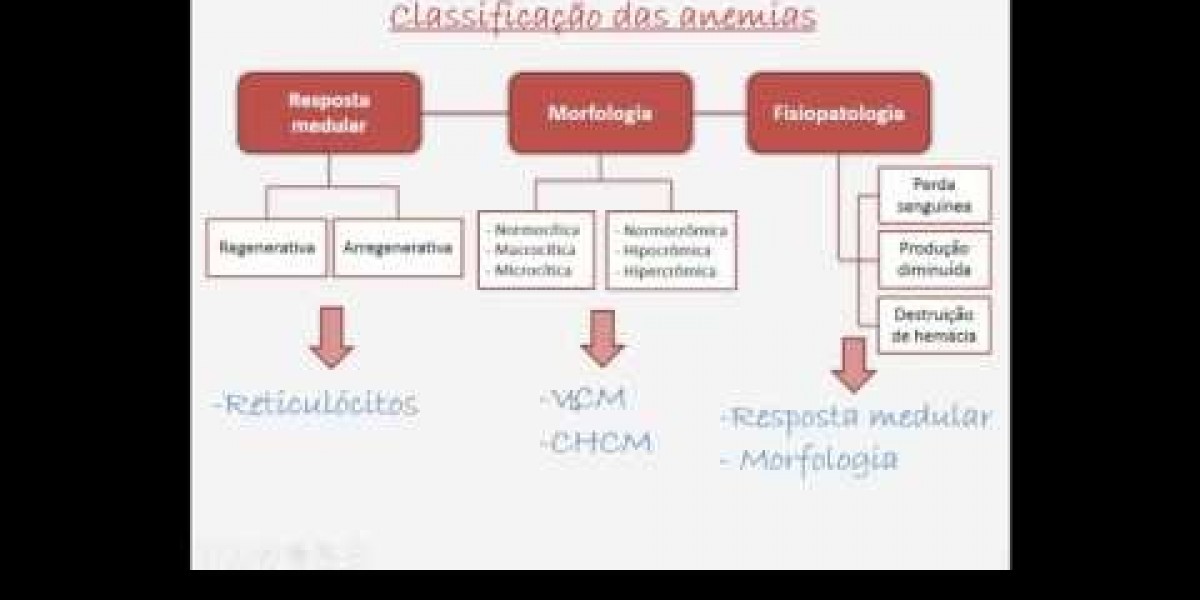Starting out in the world of futures can feel overwhelming, especially with complex instruments and big capital requirements. That’s where futures trading for beginners comes in—and more specifically, where products like Micro Nasdaq futures make the learning curve smoother and the risks more manageable.
? What Is Futures Trading?
Futures trading involves buying or selling a standardized contract that obligates the trader to exchange an asset (like oil, gold, or a stock index) at a predetermined price on a specific future date.
Instead of owning the actual asset, you’re speculating on its price movement. Futures are traded on regulated exchanges, such as the CME Group, and can be used for speculation, hedging, or arbitrage.
? Why Futures Trading Appeals to Beginners
✅ Pros:
High Liquidity
Nearly 24-Hour Access
Low Capital Requirements (Especially with Micro Contracts)
Leverage for maximizing gains (and losses)
Diverse Market Access: Trade indices, currencies, commodities, etc.
? Barriers for New Traders
Despite the benefits, many beginners face challenges like:
High volatility
Large contract sizes
Complex margin requirements
Emotional trading under leverage
That’s where micro contracts come in—especially Micro Nasdaq futures, which are designed with small traders in mind.
? What Are Micro Nasdaq Futures?
Micro Nasdaq futures (symbol: MNQ) are a smaller version of the E-mini Nasdaq 100 futures contract. They track the Nasdaq-100 Index, which includes 100 of the largest non-financial companies listed on the Nasdaq stock exchange, such as Apple, Amazon, Google, and Microsoft.
? Contract Specifications
| Feature | Details |
|---|---|
| Symbol | MNQ |
| Contract Size | $2 x Nasdaq-100 Index |
| Tick Size | 0.25 |
| Tick Value | $0.50 |
| Trading Hours | Nearly 24/5 (Sun–Fri, with 1-hour break) |
| Exchange | CME (Chicago Mercantile Exchange) |
? Example Trade
If MNQ is trading at 15,000:
You control $30,000 worth of index value with just one contract.
Each 1-point move = $2 profit/loss.
A 10-point move = $20 gain or loss.
Compare that to the E-mini Nasdaq (NQ), where 1-point move = $20, making MNQ much less risky for beginners.
? Why Micro Nasdaq Futures Are Great for Beginners
1. Smaller Contract Size
You can learn futures trading with much lower financial exposure.
2. Reduced Margin Requirement
You may need only a few hundred dollars to open a position (depending on your broker or prop firm).
3. Easy to Scale
Start small, then increase position size as your confidence and skills grow.
4. Great for Strategy Testing
Backtest or forward-test your setups in real market conditions without risking large sums.
?️ How Beginners Can Start with Micro Nasdaq Futures
✅ Steps:
Learn the Basics
Understand contracts, ticks, margin, and leverage.Use a Paper Trading Platform
Practice trading MNQ contracts risk-free before going live.Pick the Right Broker or Prop Firm
Choose one that offers micro contracts, competitive commissions, and risk controls.Start Small
Trade one MNQ contract and focus on consistency before scaling.Follow a Trading Plan
Always set entry/exit rules, stop-loss levels, and profit targets.
? Risk Management Tips for Beginners
Never risk more than 1–2% of your account per trade
Use stop-loss orders to protect your capital
Avoid trading during major news events
Don’t let emotions control your trades
Micro futures allow you to survive your learning phase without blowing up your account.
? Final Thoughts
For those looking into futures trading for beginners, there’s no better place to start than with Micro Nasdaq futures. They provide all the benefits of trading a major U.S. index—like volatility, liquidity, and 24-hour access—without the financial pressure of full-size contracts.
Learn the mechanics, master your strategy in a low-risk environment, and scale up when you're ready. Futures trading can be a powerful tool, and with MNQ, it's finally accessible to everyone.







